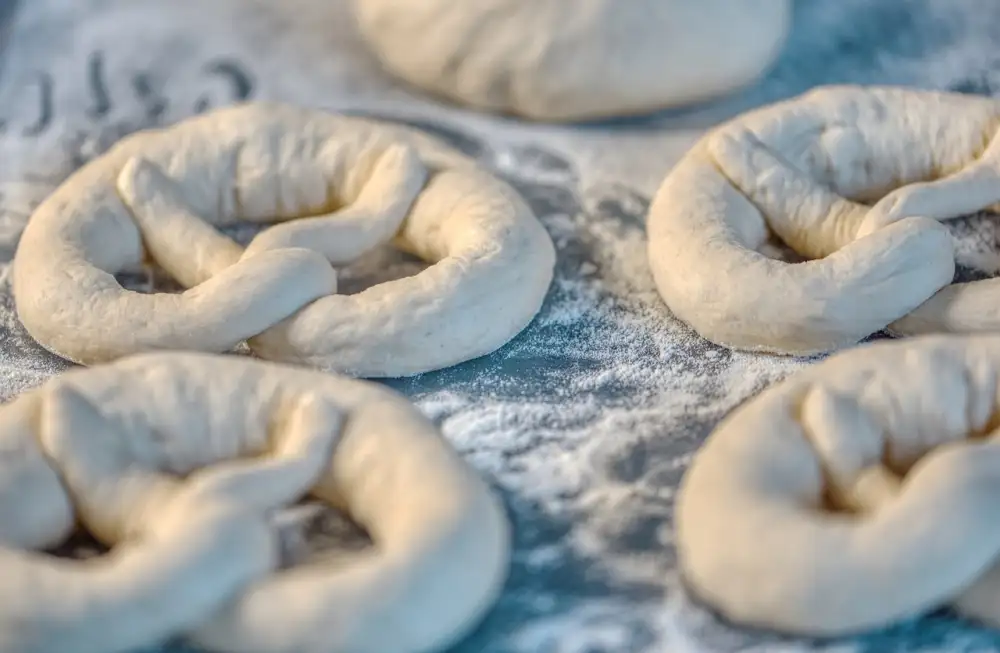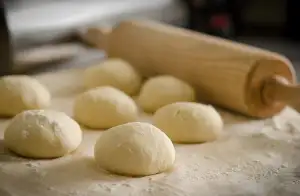Flour Power: Unveiling the Shelf Life of Flour in Your Recipes

Flour is a staple ingredient in countless recipes, from fluffy cakes to crispy breads. Understanding the shelf life of flour is crucial for maintaining the quality and taste of your culinary creations. The shelf life of flour can vary depending on several factors, including the type of flour, storage conditions, and exposure to moisture and pests. By delving into the science behind flour freshness, we can unlock the secrets to ensuring our dishes are always made with the best possible ingredients. Let's explore the fascinating world of flour shelf life together.
Factors Affecting Flour Freshness
1. Moisture content: Flour absorbs moisture from the environment, leading to mold growth and spoilage.
2. Temperature: High temperatures can cause flour to go rancid faster due to oxidation.
3. Exposure to light: Ultraviolet light can degrade the quality of flour, affecting its freshness.
4. Packaging: Properly sealed packaging prevents exposure to air and moisture, preserving flour's freshness.
5. Storage conditions: Storing flour in a cool, dry place away from heat sources and sunlight helps maintain its freshness longer.
Types of Flour and Their Shelf Life
When it comes to different types of flour, each variety has a unique shelf life due to its composition and processing. All-purpose flour typically lasts around 6-8 months if stored properly in a cool, dry place. Whole wheat flour, on the other hand, has a shorter shelf life of about 4-6 months due to its higher oil content. Gluten-free flours like almond or coconut flour have a shorter shelf life of around 3-4 months due to their high fat content. Specialty flours such as rye or buckwheat can last up to 1 year if stored correctly. It's important to check the expiration date on the packaging and follow storage guidelines for each type of flour to ensure freshness and quality in your recipes.
Proper Storage Techniques for Extending Flour's Lifespan
Proper storage is key to extending the lifespan of your flour. Store flour in a cool, dark place away from heat and sunlight to prevent it from going rancid. Airtight containers or resealable bags are ideal for keeping out moisture and pests. Whole grain flours have a shorter shelf life due to their higher oil content, so refrigeration or freezing can help prolong freshness. Remember to label your containers with the purchase date to track how long the flour has been stored.
Signs of Spoiled Flour
1. **Odor:** Fresh flour has a mild, slightly sweet smell. If your flour smells musty, rancid, or sour, it may have gone bad.
2. **Visual Changes:** Inspect your flour for any discoloration, such as dark spots or a greyish tint. Mold growth or tiny insects in the flour are clear indicators of spoilage.
3. **Texture:** Good flour should feel soft and powdery. If it feels clumpy, hard, or has developed lumps, it's likely past its prime.
4. **Taste:** While flour itself is tasteless, spoiled flour can impart a bitter or off flavor to your baked goods.
5. **Pantry Pests:** Keep an eye out for any presence of pantry pests like weevils or moths in your flour, as they can indicate contamination and spoilage.
Regularly check your flour for these signs to ensure the quality and safety of your culinary creations.
Tips for Using Old Flour
When using old flour, there are a few tips to keep in mind to ensure your recipes still turn out well. Firstly, sift the flour before using it to aerate and remove any clumps that may have formed during storage. Additionally, you can increase the leavening agents such as baking powder or yeast slightly to help compensate for any loss of potency in the flour. Lastly, consider adding a touch of freshness by mixing in a small amount of freshly milled flour if available. These tips can help salvage older flour and still produce delicious baked goods.
In conclusion, understanding the shelf life of flour is crucial for maintaining the quality of your culinary creations. Factors like moisture, temperature, and type of flour play a significant role in determining its freshness. Proper storage techniques such as keeping flour in a cool, dry place can help extend its lifespan. It's important to recognize signs of spoiled flour like off odors or discoloration. If you find yourself with old flour, consider using it for non-baking purposes like thickening sauces or breading. By being mindful of these key points, you can make the most out of your flour and create delicious dishes every time.
Published: 07. 05. 2024
Category: Recipes



